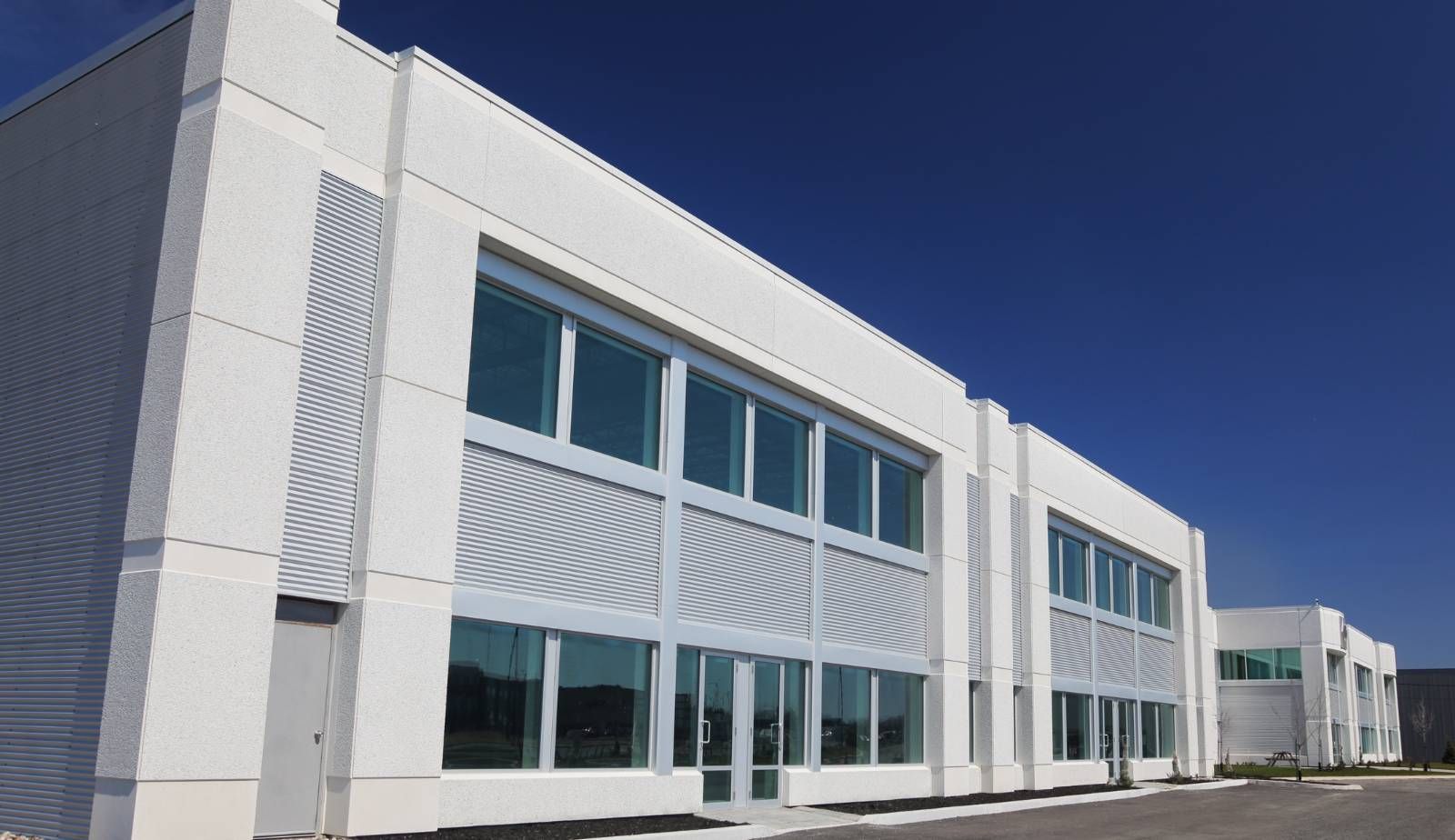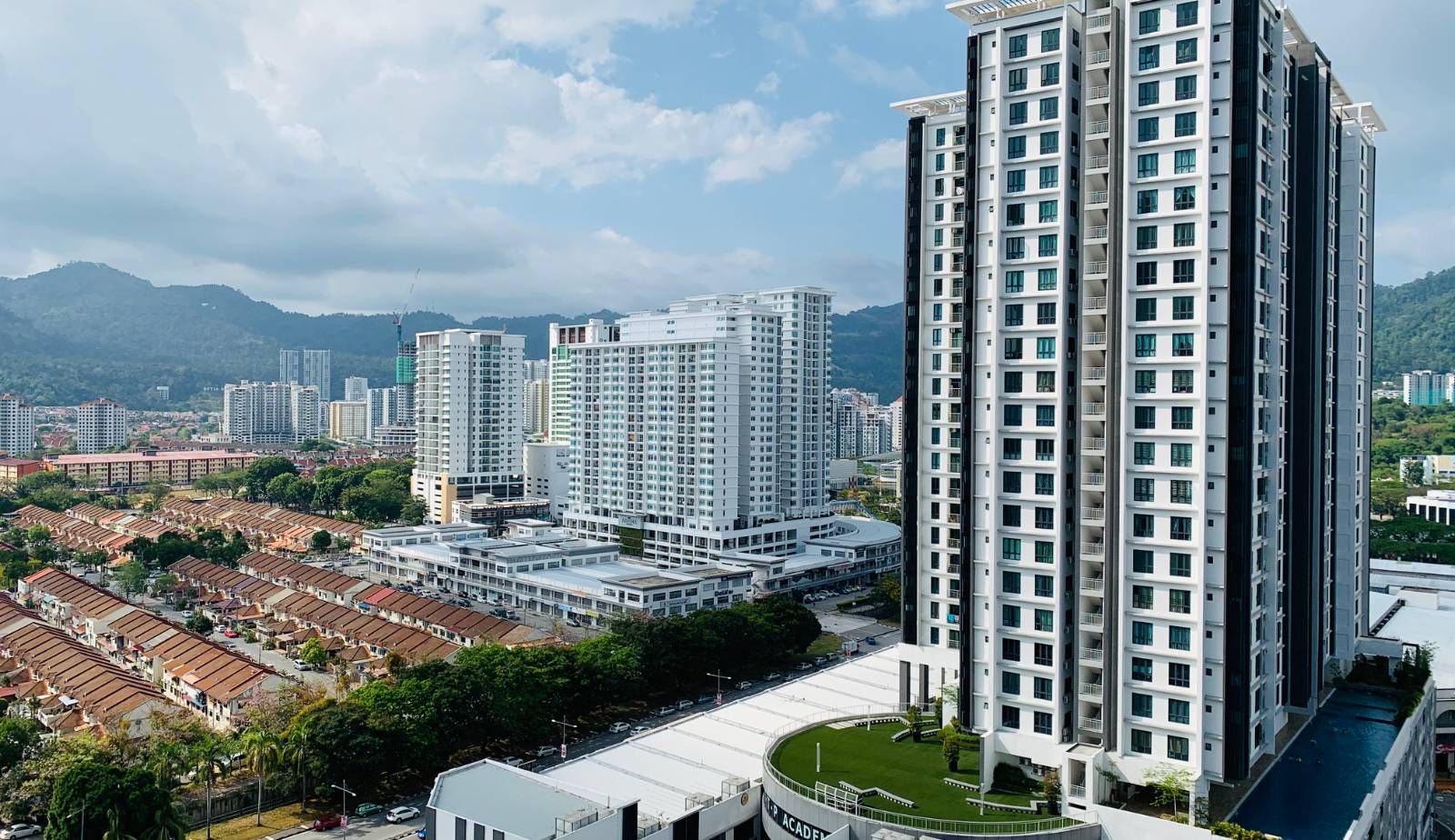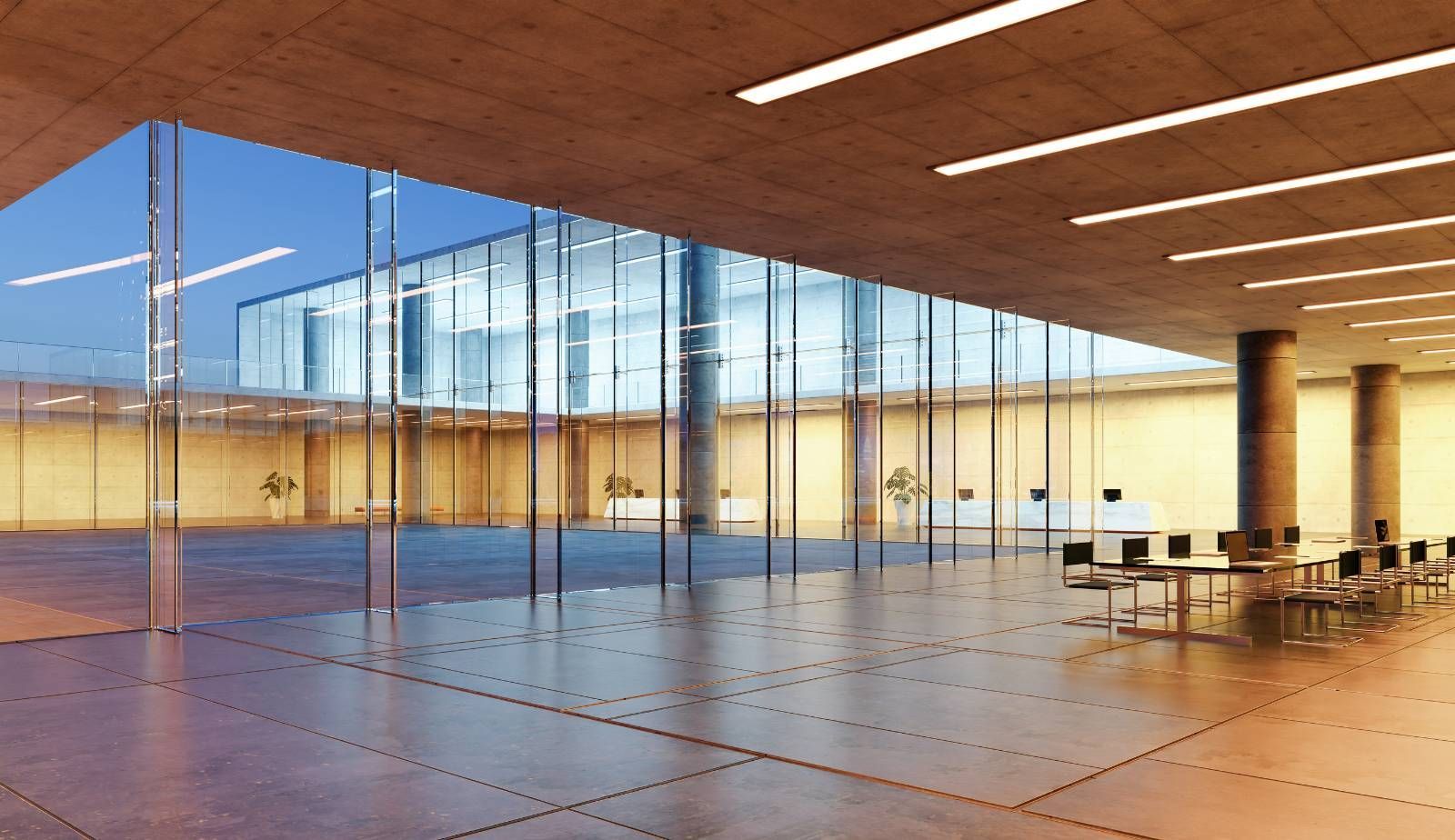Preventing Water Damage in Commercial Properties: Essential Strategies for Business Owners
Water damage poses a significant threat to commercial properties, leading to costly repairs and business interruptions. Business owners must adopt effective strategies to prevent potential issues. Implementing regular maintenance practices and emergency planning can greatly reduce the risk of water damage.
Maintaining plumbing, roofs, and HVAC systems is crucial for identifying problems before they escalate. Regular inspections allow business owners to spot leaks, corrosion, and other vulnerabilities early. Furthermore, investing in water monitoring systems can provide real-time alerts, enabling timely responses to any water-related issues.
In addition to maintenance, developing a robust emergency plan is essential. This includes training employees on response procedures, ensuring easy access to shut-off valves, and having an action plan for severe weather events. By proactively preparing for water damage, commercial property owners can safeguard their investments and ensure operational continuity.
Understanding Water Damage Risks
Water damage poses significant risks to commercial properties, potentially leading to costly repairs and business interruptions. Identifying common sources of water intrusion and understanding the impacts on operations is essential for maintaining a secure environment.
Common Sources of Water Intrusion
Several factors contribute to water infiltration in commercial buildings. Heavy rain can lead to flooding, particularly if drainage systems are blocked. Regular inspections of gutters and downspouts are crucial to ensure they are clear of debris.
Plumbing issues such as broken or corroded pipes frequently cause leaks that accumulate water over time. Early detection of these leaks can prevent extensive damage.
Other common sources include faulty sprinkler systems and poor drainage systems. If these systems malfunction, they can create areas of water accumulation near foundation walls, posing a risk to the integrity of the structure.
Potential Impacts on Business Operations
Water damage can disrupt daily operations significantly. A flooded facility may lead to immediate business interruption, affecting service delivery and customer satisfaction.
Structural damage may also result in costly repairs and potential liability issues. If water damage occurs, businesses might need to temporarily relocate, which entails additional expenses and logistical challenges.
Furthermore, prolonged exposure to moisture can foster mold growth, affecting indoor air quality and employee health. This situation may result in loss of productivity and increased health-related absences, further straining operations.
Regular Maintenance Practices
Implementing regular maintenance practices is essential for preventing water damage in commercial properties. Business owners must focus on three key areas: roof inspections and repair, plumbing system upkeep, and HVAC systems maintenance.
Roof Inspections and Repair
Regular inspections of the roof are critical for identifying potential issues. Business owners should schedule assessments at least twice a year, focusing on signs of wear, such as missing shingles or damaged flashing.
Roof leaks can lead to significant damage if not addressed promptly. It is advisable to keep gutters and downspouts clean to ensure proper drainage. Any obstructions can cause water to pool on the roof, increasing the risk of leaks.
Repairing minor issues immediately can save business owners from costly structural damage down the line. Utilizing professional services for thorough inspections is a prudent choice to maintain the roof's integrity.

Plumbing System Upkeep
Maintaining the plumbing system is vital in preventing leaks and water damage. Business owners should regularly check for signs of leaks, such as water stains or damp spots on walls and ceilings. Routine maintenance can identify plumbing issues before they escalate.
It is recommended to inspect pipes for corrosion or degradation, especially in older buildings. Business owners should also ensure that drain lines are clear and functional to prevent backflow and flooding.
Engaging professional plumbers for an annual inspection can help maintain the plumbing system's efficiency and longevity. Implementing preventative measures can greatly reduce the risk of unexpected plumbing-related issues.
HVAC Systems Maintenance
Proper maintenance of HVAC systems plays a significant role in preventing water damage. Business owners should schedule routine inspections to ensure all components are functioning correctly. Clogged drains in HVAC systems can cause water to overflow, leading to damages.
Changing filters regularly and checking for condensate drain blockages can mitigate water-related issues. Maintaining optimal humidity levels in commercial spaces also helps prevent mold growth, which can result from excess moisture.
Additionally, ensuring that the drainage systems associated with HVAC units remain unblocked is essential for efficient operation. Regular maintenance promotes system longevity and protects the property from water damage caused by HVAC malfunctions.
Emergency Preparedness and Planning
Effective emergency preparedness and planning are essential for protecting commercial properties from water damage. Business owners should focus on developing a comprehensive emergency response plan, utilizing technology for early detection, and ensuring staff are well-trained to respond promptly.
Emergency Response Plan
An emergency response plan outlines the actions a business will take in the event of a water intrusion. This plan should incorporate clear protocols for various scenarios, including major leaks, flooding, or equipment failures.
Key elements of the plan include:
- Identification of vulnerabilities: Regularly assess areas at risk for water damage.
- Evacuation routes: Clearly mark exits and safe zones for employees to gather.
- Contact lists: Maintain an updated list of emergency contacts, including local emergency services and contractors.
Regular drills ensure everyone understands their roles and responsibilities, minimizing confusion during an actual event.
Installing Water Detection Systems
Water detection systems play a crucial role in early response to potential water-related incidents. By installing sensors in areas prone to leaks, owners can receive immediate alerts.
Key features to consider:
- Placement: Position sensors near water heaters, HVAC systems, and plumbing fixtures.
- Automated alerts: Choose systems that notify staff via mobile devices or alarms when they detect moisture.
- Integration with existing systems: Some detection systems can be linked to smart building technologies for enhanced monitoring.
Proactive setup of these systems significantly reduces the risk of extensive damage.
Training Staff for Quick Action
Training staff on emergency procedures is vital for ensuring a swift response to water emergencies. Regular training sessions equip employees with the knowledge to react effectively.
Components of training include:
- Response drills: Conduct practice drills to familiarize staff with emergency protocols.
- Identifying hazards: Teach employees to recognize potential safety hazards, such as electrical risks associated with water.
- Effective communication: Establish a clear communication channel for reporting issues promptly.
By prioritizing staff training, businesses can minimize damage and enhance overall safety during emergencies.

Protecting Against Specific Threats
Effective management of water damage risk involves implementing targeted strategies to address specific threats. Business owners can adopt various preventative measures and protective solutions to safeguard their properties.
Flood Prevention Strategies
Flooding poses a significant threat to commercial properties. To mitigate this risk, business owners should consider obtaining flood insurance to protect against potential losses. Additionally, elevating critical infrastructure, such as electrical systems and HVAC units, above potential flood levels can minimize damage.
Implementing a sump pump system is essential for basement areas prone to flooding. This device helps prevent water accumulation by actively removing excess water. Regular maintenance checks of the sump pump ensure its functionality when needed.
Owner should also inspect drainage systems regularly to ensure they remain clear of debris. Installing moisture barriers can further enhance flood resistance in basements and vulnerable areas.
Protective Measures for Appliances and Equipment
Commercial appliances can be a source of water damage if not properly maintained. Regular inspections of sprinkler systems and other plumbing fixtures help identify leaks before they escalate. Business owners should address any visible signs of wear, such as corrosion or rust.
Submerging appliances in water can lead to costly repairs. To prevent this, installing drain pans beneath appliances like water heaters and refrigerators can capture leaks. Additionally, using water alarms can alert owners to leaks in real-time, facilitating prompt action.
Finally, creating an emergency plan that includes shut-off procedures for water supply lines can greatly reduce the impact of water damage during an incident. This preparedness can protect both property and finances.
Innovative Solutions and Technologies
Leveraging technology can significantly enhance water damage prevention in commercial properties. Smart leak detection systems and automatic shut-off systems are two innovative approaches that business owners can adopt to protect their assets.
Smart Leak Detection
Smart leak detection technology uses sensors to identify water leaks in real time. These sensors are typically installed in areas prone to leaks, such as under sinks, near HVAC systems, and around water heaters.
When a leak is detected, the system instantly alerts the business owner or property manager via a mobile app or email. This immediate notification allows for quick action, reducing potential damage.
Many advanced systems can monitor water usage patterns to identify abnormal consumption, indicating a leak before it becomes a significant issue. This proactive approach not only saves money on repairs but also minimizes downtime and business disruptions.
Automatic Shut-Off Systems
Automatic shut-off systems act as a safety net by cutting off the water supply when a leak is detected. These systems can be integrated with smart leak detection technologies to provide a comprehensive solution.
When a sensor identifies a leak, the shut-off valve activates, stopping the flow of water within seconds. This rapid response significantly reduces water damage, protecting assets and infrastructure.
Installing a shut-off system can also aid in long-term maintenance by allowing for scheduled inspections of plumbing systems. Business owners can minimize risks and ensure compliance with safety regulations by regularly monitoring these systems. Adopting such technologies enhances resilience against water damage while promoting efficient resource management.

Financial Considerations and Insurance
Business owners must carefully evaluate their insurance options and budget for potential water damage incidents. Understanding insurance coverage and planning for repair costs are critical to protecting financial stability.
Insurance Coverage for Water Damage
Business insurance typically includes coverage for water damage, but specifics can vary widely. Owners should ensure their policies explicitly cover incidents such as burst pipes, leaks, and other non-weather-related water damages.
Flood insurance is often a separate policy and essential in areas prone to flooding. This type of coverage plays a crucial role in mitigating significant financial losses when flooding occurs.
Regularly reviewing and updating insurance policies can help ensure full coverage. Business owners may also want to consult with a knowledgeable insurance agent to assess any gaps and tailor coverage accordingly.
Budgeting for Repair Costs and Prevention
Repairing water damage can be costly, making it vital for owners to budget effectively. Costs can include structural repairs, equipment replacements, and restoration services.
A proactive approach involves setting aside emergency funds specifically for these incidents. Establishing a budget that accounts for regular maintenance can also prevent larger issues from arising.
Owners should consider investing in preventive measures like plumbing inspections and routine maintenance to minimize future repair costs. This strategy not only helps in financial planning but can also simplify the insurance claims process if damage does occur.
Post-Water Damage Actions
After a water damage incident, prompt and effective actions are crucial to mitigate further harm. Business owners must act quickly to address immediate concerns and engage professional services for thorough restoration. The following steps outline essential actions to take in the aftermath of water damage.
Immediate Steps After Water Damage
When water damage occurs, the first task is to ensure safety. Turn off electricity to affected areas to prevent electrocution risks. Use a mop or towels to soak up standing water, and open windows to enhance ventilation.
Next, assess the damage. Look for structural implications such as sagging ceilings or warping floors, as these may indicate underlying issues. Document the damage with photographs for insurance claims.
Begin water extraction. If the flooding is significant, business owners should consider renting specialized pumps or wet vacuums. Removing water quickly helps reduce the likelihood of mold growth, which can start within 24 to 48 hours.
Lastly, remove contaminated items. Discard materials that cannot be cleaned or dried thoroughly, such as carpets or drywall that have absorbed water. This process not only assists in mold prevention but also provides a cleaner environment for restoration.
Professional Water Damage Restoration
Engaging professional restoration services is essential for effective recovery. Trained specialists understand the complexities involved in water damage restoration, from assessing structural damage to mitigating long-term effects.
Restoration services typically start with a thorough assessment of the property. Experts can identify hidden moisture in walls, floors, and ceilings, which is crucial since it can lead to mold growth if left untreated.
Water extraction is a key step performed by professionals. They use high-powered pumps and vacuum systems to remove water efficiently. Following extraction, advanced drying techniques including dehumidifiers and air movers accelerate the drying process, which substantially lowers the risk of structural damage.
After drying, restoration services focus on repairing and restoring damaged areas. This restoration could involve replacing drywall, flooring, or even electrical systems. Business owners can minimize disruption by hiring professionals who work quickly and effectively, ensuring a faster return to normal operations.
The Role of Facility Managers
Facility managers play a crucial role in safeguarding commercial properties against water damage. Their responsibilities encompass implementing preventative strategies and overseeing regular inspections and repairs to ensure the property's integrity and functionality.
Implementing Preventative Strategies
A key responsibility of facility managers is to implement preventative measures that reduce the risk of water damage. This includes installing water monitoring systems to catch leaks early. Such systems can alert managers to issues before they escalate, minimizing operational disruptions.
Additionally, they are responsible for evaluating landscaping and grading around the building. Proper drainage helps direct water away from the foundation, reducing the risk of flooding. Facility managers should also coordinate with plumbing maintenance services to ensure that pipes and fixtures are in good condition, addressing any wear and tear promptly.
Overseeing Regular Inspections and Repairs
Regular inspections are essential for maintaining a commercial property’s health and safety. Facility managers schedule and conduct routine assessments of roofs, basements, and other vulnerable areas to identify potential issues.
In conjunction with inspections, they oversee necessary repairs. This includes checking for mold growth, water stains, and signs of leaks. Addressing these issues immediately can prevent expensive damage and ensure that the building remains operational. Facility managers also keep records of maintenance activities, which provides valuable data for future planning and risk management.
Enhancing Property Value and Safety
Investing in proper maintenance and upgrades not only protects against water damage but also enhances the overall safety and value of commercial properties. Business owners should prioritize strategic improvements and preventive measures.
Regular Upgrades and Infrastructure Investments
Consistent upgrades to infrastructure can substantially improve property value and mitigate risks. Regular inspections of roofing, plumbing, and HVAC systems are essential.
These systems should be evaluated and repaired preemptively. Installing high-quality insulation helps maintain temperature control, reducing stress on HVAC units and limiting condensation, which can lead to water damage.
Business owners should consider investing in water-resistant materials for roofs and walls to create effective barriers against leaks. Scheduling routine maintenance can prevent costly repairs and ensure compliance with safety standards, contributing to long-term property value.
Safeguarding Against Mold and Contaminants
Preventing mold growth is critical for maintaining a safe commercial environment. Water damage can lead to hazardous mold development, which poses serious health risks.
Implementing moisture control strategies is vital. Utilizing dehumidifiers and ensuring proper ventilation in high-humidity areas reduces excess moisture. Regular inspections should focus on hidden areas such as basements and behind walls.
In addition, it is crucial to address any plumbing leaks immediately. The quicker water is contained and dried out, the lower the risk of mold growth. By prioritizing cleanliness and moisture control, business owners can enhance safety and protect their property value from contaminants.
Frequently Asked Questions
Business owners can implement specific strategies to safeguard their commercial properties from water damage. These strategies involve routine inspections, effective drainage management, and thorough emergency planning.
What steps can business owners take to maintain their plumbing systems and prevent water damage?
Regular inspections of plumbing systems are vital. This includes checking for leaks, corrosion, and any signs of wear. Scheduling routine maintenance with a licensed plumber can help identify potential issues before they escalate.
What are effective strategies for managing drainage on commercial properties to mitigate potential water damage?
Proper drainage management includes ensuring that gutters and downspouts are clear and functional. Business owners should also inspect grading around the property to direct water away from the building’s foundation.
How does one create a comprehensive response plan for water damage emergencies in commercial settings?
A comprehensive response plan should include clear procedures for reporting water damage and emergency contacts. Regular training and drills will prepare staff to act quickly in case of water-related incidents, minimizing potential damage.
What are the best practices for inspecting and maintaining commercial property roofs to prevent water damage?
Regular roof inspections are essential to detect wear and tear. Business owners should address any issues, such as damaged shingles or blocked drains, promptly to prevent leaks and subsequent water damage.
How can commercial property owners proactively detect and address hidden water damage?
Utilizing moisture detection tools can help identify hidden leaks or damp areas in a building. Additionally, conducting periodic inspections of walls, ceilings, and basements can reveal signs of water damage early.
What kind of training should staff receive to effectively identify and respond to signs of water damage on commercial premises?
Employees should be trained to recognize common signs of water damage, such as water stains, mold growth, or musty odors. Providing guidance on the reporting process and emergency response actions will enable them to respond effectively.
You might also like
DryMax Restoration Blogs




